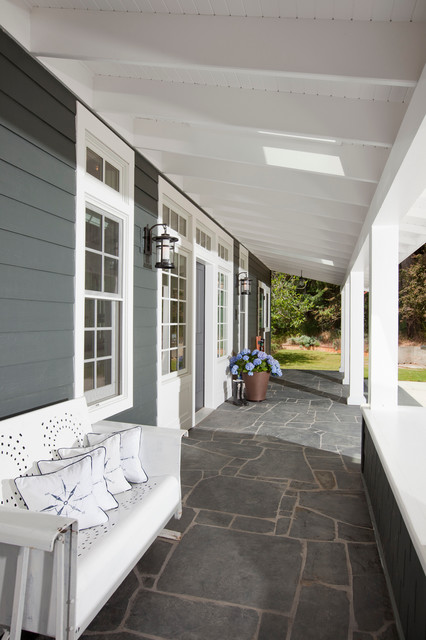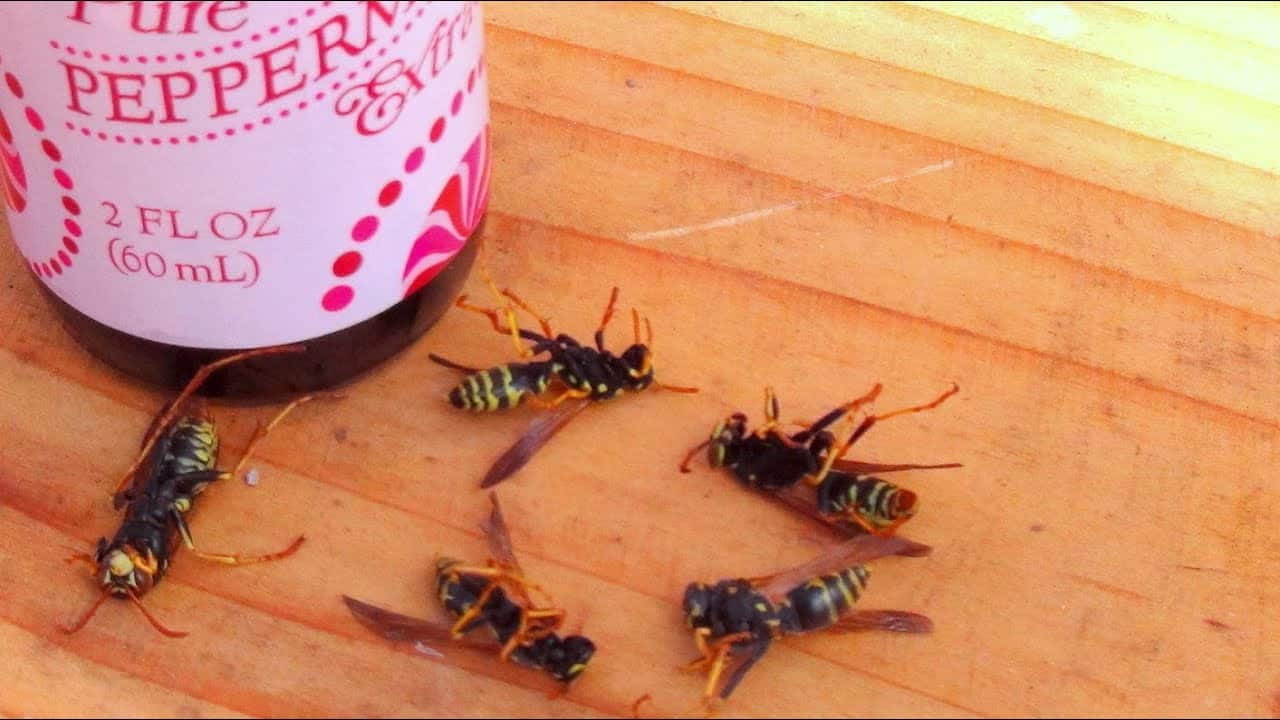Table of Content
Things like insulated walls, crevices, and cracks shelter wasps from potential predators and harsh elements. If you have wasps in your yard, you’re probably wondering why they’ve chosen to pester you. Fortunately, there are a couple of ways to tell wasps and bees apart.

Finally, we’ll apply treated bait around your property. This important step allows us to eliminate wasps that were not in the nest during the time of treatment. If you have multiple kinds of wasps on your property, we’ll identify each species and create a customized treatment plan to address them. If the nest is in a seldom-used part of your home, spraying it may be a decent option. If not, you’re better off calling a pest management professional. Getting rid of large outdoor wasp colonies can be impossible to DIY.
Treat future nesting areas
Plant wormwood around your deck, garden, flower beds, and around the exterior of your yard. This can be risky to do by yourself because you run the risk of angering the bees and getting stung. Get some friends or family to help you spread and place a tarp over the area of the nest.
Only female wasps sting; their stingers are located at the end of their thoraxes. Place your trap outdoors in areas where you see wasp activity or want to prevent wasp activity. Working during the coolest part of the day, spray the nest with a wasp killer from a safe distance. These are some of the easiest ways to get rid of wasps. You may have to use a combination of more than one of these remedies for best results. Remember that patience needs to be exercised when you are dealing with wasps.
Signs of an Allergic Reaction
Adjust the sprayer to emit a single solid stream. Aim at the base of the nest, where it attaches to the house. The nest should soften and fall in a short amount of time.

Sticky traps are great for slow but relentless elimination of your pest problem with zero pesticides sprayed around your yard. Wasps are attracted to the bait in the trap, get stuck when they land, and eventually, reach their end. If you prefer to go green in your pest control, don’t worry.
How to get rid of yellow jackets
The scent will drive away the insects and keep them away from the balcony, patio and pergola. Remove the pot from the heat and add about 10 to 20 drops of citronella oil and 5 to 10 drops of lavender oil to the wax. Citronella candles are made like other scented candles. You need leftover wax, a small and a large saucepan, a spoon, a small jam jar, lukewarm tap water, a wick and citronella oil. Optionally, you can add lavender oil, if you wish. There are two ways to drive away wasps with citronella.

Turn off the heat and allow the mixture to cool down. Spray the solution around the areas that are frequent with wasps to wade then away. Yet another natural ingredient, cayenne pepper can be used to get wasps away from your surroundings. Cover or treat holes.If you notice large or small holes in cement or grass, fill them quickly.
Peppermint oil has a strong odor, thus makes it a great homemade wasp repellent. There are many insecticides which use a combination of peppermint oil and other chemicals and show great results. However, you can make your own spray which is 100% natural, safe and effective to get rid of wasps.

Spray objects and areas around the hive as well as flowers, bushes, and plants that attract them. It is best to spray at night when bees are dormant in order to avoid agitating them. Tarping, or placing a tarp over the beehive will cause bees to move their hive elsewhere as well. You’ll never catch any wasps without the right kind of bait—and the perfect lure is wholly dependent on the season.
It’s very low maintenance and a perennial—meaning it survives during all the seasons. Just be sure to insulate the soil with mulch to keep it thriving in the winter months. However, while they are indispensable in the ecosystem, they can pose real danger once they start to invade and take shelter in our homes. If you’ve spotted a nest or seen black and yellow critters flying about your home, there’s a chance you have a wasp infestation. Different baits work at different times of the year. In the spring and early summer, wasps are looking for sources of protein.
For example, a ground nest can hint to the mud dauber species, while nest made of paper may point to the paper wasp colony. Try to observe the actual wasps without drawing too close or attracting their attention. Wasps don’t mystically appear in your house all of a sudden, they find a gap or crack and use it enter your home.
Even their look and size widely varies based on the species. Wasps tend to build their nests in these areas, and can easily exploit even a tiny crack to enter your home. Once you find their access points, seal any cracks or gaps with silicone caulk. Unless you’re leaving your doors and windows open without a screen, wasps are likely entering your home through a tiny gap somewhere. They are black, with bright yellow markings on their thorax and legs, and a long, thin body that sets them apart from other wasp species.

If your wasp nest is in an area of your property where it isn’t a risk and you won’t disturb it, you can opt to leave it be. Just be sure to keep your yard clean of fruit or garbage, which could draw them closer to your home. The best way to get rid of wasps is to know your enemy as well as possible.
Does Killing Wasps Attract More?
You won’t see the nest, but you’ll see the hole in your lawn that’s the entrance to the hive. Social wasps spray pheromones on invaders so that everyone knows who to sting as they swarm out of the colony to defend it. Certain plants known as pitcher plants trap and ingest wasps. As the largest group of carnivorous plants, pitcher plants are exotic looking and lure wasps into their leaves with a combination of fragrance, color and nectar. Wasp nests should be treated at night when wasps are inside and mostly calm.

Flowering plants like marigolds, geraniums, or pennyroyals are pretty and also deter wasps. Salt – Salt is a great home remedy for getting rid of wasps. Simply sprinkle some salt around areas where you’ve seen wasps and they’ll stay away.

No comments:
Post a Comment